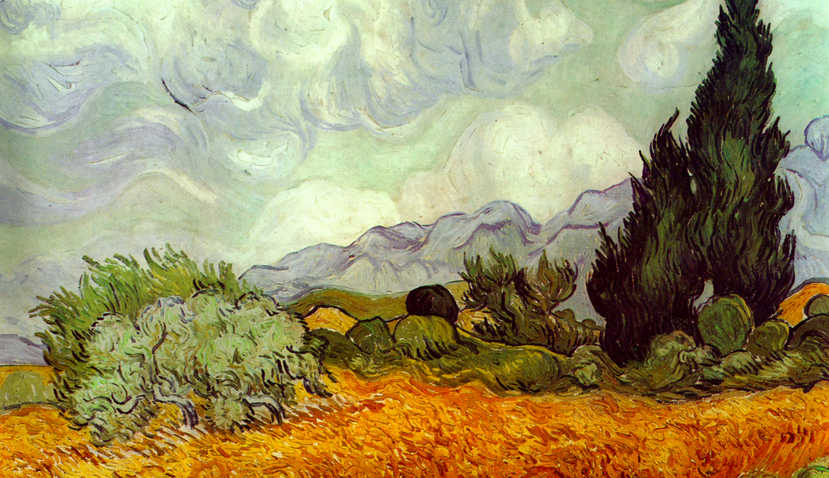![]()
“Principles are good and worth the effort only when they develop into deeds… The great doesn’t happen through impulse alone, and is a succession of little things that are brought together.”
In my first two posts I talked about ‘how’ I go about things (or at least try to!). Without losing sight of the how completely, let’s now get a bit more into the ‘who’, the ‘why’ and the ‘what’.
Who are we?
I’ve been a civil servant for almost 20 years – working in several departments and locations across the UK. But I was very excited to return to Scotland and join the Scottish Government in 2007. For the past couple of years, I’ve been one half of our small (but perfectly formed) Creativity Team.
I’m not sure how much you know about government in Scotland, so a wee bit of background might be helpful. The Scottish Government is the devolved administration in Scotland, established in 1999. The Scottish Government and Scottish Parliament have legislative responsibility for a range of matters, including agriculture, economic development, education, environment, fisheries, food standards, forestry, health, housing, local government, planning, social work, most aspects of transport, and tourism. Matters such as the constitution, defence, foreign policy, national taxation and social security are reserved to the UK Parliament.
Why are we?
We take creativity very seriously in the Scottish Government. It’s one of four ‘imperatives’ in our Business Strategy – which sets out how we’ll deliver the Government’s programme and provides the framework for our development as an organisation.
Creativity is also front and centre in our People Strategy – which is all about having the right people, in the right place, with the right skills, at the right time. It’s explicit in our ‘ways of working’; we:
- engage and make connections
- take responsibility to deliver
- respond creatively to meet the tough challenges
- support each other and are resilient
- work flexibility in and across teams
There’s a recognition that creativity has a central, strategic role to play in enabling the Scottish Government to achieve better outcomes. And we have a vision and commitment to creative practice from our senior leaders.
What do we do?
The role of the Scottish Government’s Creativity Team is to help create the conditions that allow creativity to flourish. We do that in two main ways; by:
- exploring, testing out and implementing new ways of working
- fostering a belief that we are all creative and that this has a real part to play in our work
What we’re very clear about is that the Creativity Team doesn’t ‘own’ creativity in the Scottish Government. We recognise that the Scottish Government is already a creative organisation – our role is one of support and amplification. We carry out that role in a number of different ways, and I’ll get down to some of the specifics in later posts.
Before we get to that though, in my next post, I’d like to talk a bit more about the ‘why’. Back in 2011, when we first started thinking about creativity, we spent some time considering what ‘making the Scottish Government more creative’ would actually look like. A project was initiated to:
- define creativity for our specific context
- articulate why a more creative Scottish Government might be a more successful organisation
- identify key features and practices of organisations that successfully operate a creative approach
- recommend ways these key features might be developed
- investigate how we might measure our progress towards becoming a more creative organisation
All that (and more) next week!
But before I go…
The quote at the start of this post comes from a letter Vincent van Gogh wrote to his brother, Theo, where he considers the relationship between abstract principles and concrete actions. All the surviving letters written by Vincent are available in digital form at the van Gogh Letters Project website. It’s fascinating and, often inspiring, stuff – particularly if you’re interested in the creative process. I’d recommend, in particular, letters 154 and 155 – which contain Van Gogh’s moving account of how he found his purpose in life.
Lesley Thomson is part of the GovLoop Featured Blogger program, where we feature blog posts by government voices from all across the country (and world!). To see more Featured Blogger posts, click here.





Lesley,
Wonderful post! Sounds like you have an amazing job. Yet another reason Scotland is on my travel bucket list. Really enjoyed the insight into your job. What challenges do you and your team face in the pursuit of creativity?
Thanks Dijon. Not to deflect the question, but the challenges are many and varied and I’m going to cover them in a later post 🙂
And, yes, please come visit us! I may be a *tad* biased…ahem…but it’s a wonderful country!